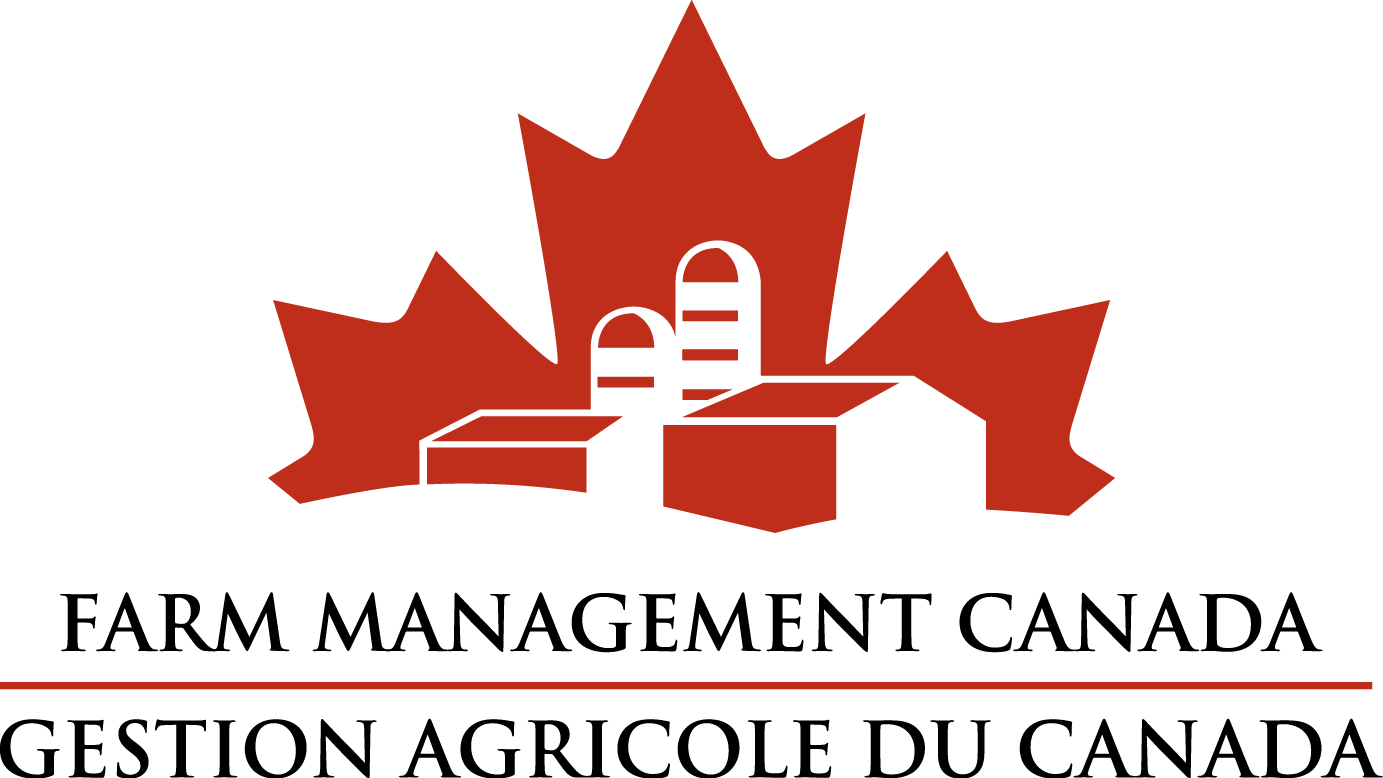 The Bank of Canada predictably announced a few weeks ago that its key interest rate remains unchanged. Two points were emphasized: it’s likely that the next rate move will be up, and this increase won’t happen in 2013.
The Bank of Canada predictably announced a few weeks ago that its key interest rate remains unchanged. Two points were emphasized: it’s likely that the next rate move will be up, and this increase won’t happen in 2013.
The Bank also released its quarterly Monetary Policy Report, providing an outlook of the Canadian and world economies. Here are the report’s key features for Canadian agriculture.
Let’s start globally. China is an important player in the agricultural market because of its population and the relationship between income growth and food demand. That relationship is not wavering, but we need to continue monitoring Chinese growth. Their gross domestic product is expected to still grow, but slightly slower over the next two years, falling to a 7.6 per cent annual rate by 2014. However, this is hardly poor growth.
China’s challenge is to sustain strong growth even as the source of that growth shifts from investments in housing and infrastructure toward consumer spending. The size of China’s labour force is expected to decline soon, and that could cut the country’s future growth rates.
The good news is that demographic changes will force the Chinese to focus on increasing efficiency as labour becomes scarcer. Fewer workers will mean upward pressures on wages, and this is expected to continue shifting diets towards more animal proteins. At the same time, potentially slower growth could further push commodity prices closer to historical averages.
On our side of the world, the U.S. economy is expected to continue improving. With some fiscal uncertainty behind them, American businesses and consumers can now plan better for the future.
While tax increases and spending cuts do lower GDP, they are forecast to be offset by rising home prices and increased consumer spending. This could be positive for Canada’s food processing sector if it creates higher demand for processed foods and upward pressure on wages in the United States. The latter makes Canadian firms relatively more competitive.
The Bank of Canada believes economic conditions in Europe remain the largest risk to the Canadian economy. Austerity is not working for Europeans, as the unemployment rate currently stands at close to 11 per cent in France and 26 per cent in Spain. But European austerity benefits Canadian agriculture by minimizing the impact of the crisis on other parts of the world that are driving agricultural markets. That said, if a major EU country defaulted on its debt obligations, it would slow the world economy. The expected decline of European GDP does not bode well for exports to that region — unless a free trade deal is signed in the near future.
With our open economy, global conditions impact Canadian business profits. Business investment, although currently subdued, is expected to make up a nearly 30 per cent of growth in the Canadian economy over the next three years. The growth in household debt is slowing down and could roughly be in line with the pace of growth in disposable income by the year’s end — a welcome development for the Canadian economy.
Given low inflationary pressures and a sluggish labour market, the key interest rate of the Bank of Canada is expected to remain low into 2014. The current low interest rate environment has been a driver of increases in farmland values across the country. There are usually two concerns about low rates: that they’ll rise and that they won’t! Low rates can provide an incentive to increase risk-taking behaviour. Alternatively, sharply rising rates can expose inefficiencies in some businesses and put them in a difficult spot.
A gradual increase in interest rates that starts in a year or so, combined with commodity prices slowly declining closer to their historical levels could be conducive to a softening of farmland values — that is, the pace of future annual increases in land prices will likely be lower than it has been over the last few years. It would be prudent to plan for budgets that can accommodate higher rates and lower crop receipts.
Multiple factors influence economic growth. The key message is that even as a major player like China slows, stronger global economic growth over the next two years paints a positive outlook for the demand of agricultural products and therefore, Canadian farm income. In the short term, livestock and crop producers need to monitor weather conditions and acreage forecasts in major crop-producing regions. The next United States Department of Agriculture world agricultural supply and demand estimate will provide a picture of available supplies as well as a first look into the production plans of U.S. crop producers.
Read J.P. Gervais in FCC Express – Canada’s agriculture e-newsletter. Sign up and stay in the know with industry news, videos and podcasts at www.fcc.ca/express.
